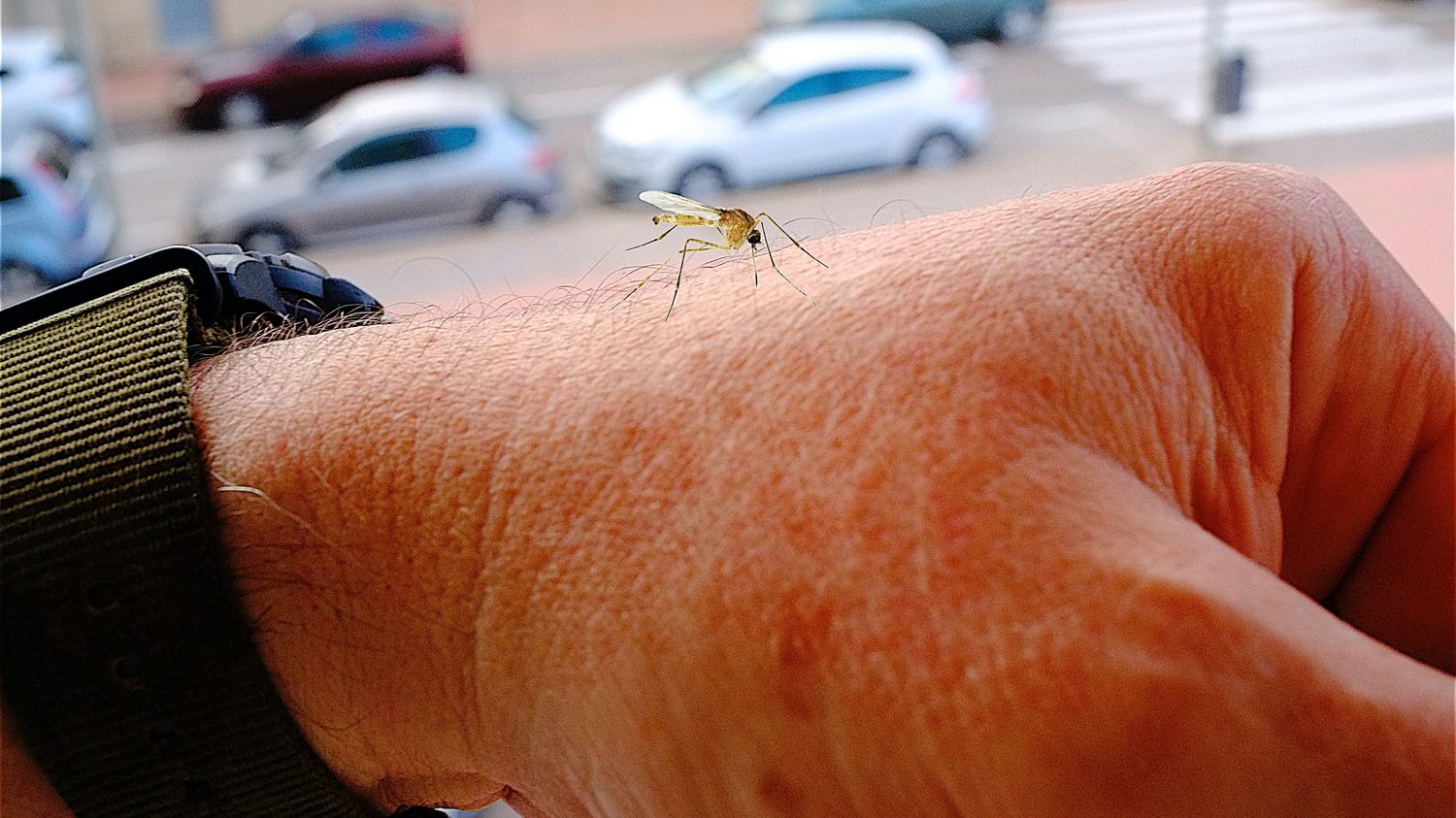According to the work of Chinese and French researchers, sterile mosquitoes lead to a reduction in the longevity of females and a reduction in the number of bites.

Published
Reading time: 2 min

The tiger mosquito has now spread to all metropolitan regions. The regional health agency (ARS) of Normandy confirmed on Wednesday March 20 the presence of the insect in this region, so far the only one spared. A new study, published Monday March 4 in Nature Communications shows the interest of the sterile insect technique to fight against this vector of disease and bites.
For several years, studies have been carried out on the release of sterile mosquitoes, male mosquitoes, on female populations. They are the only ones that sting and are therefore likely, at the very least, to make outdoor life difficult to bear, and in the most serious cases to transmit diseases such as dengue or chikungunya.
The principle is simple. Whether in the tiger mosquito, from its scientific name aedes albopictus or at his cousin’s aegyptythese sterilized males, if they are in sufficient numbers, take the place of wild mosquitoes alongside the females and thus slow down the reproduction of their species, leading to a gradual decrease in populations and the bites that go with it.
Today it is another effect, immediate and not on the descendants of these sterile mosquitoes, which has been discovered by Chinese and French researchers like Jérémy Bouyer, entomologist at CIRAD and coordinator of this study published in Nature Communications. Sterile mosquitoes lead to a reduction in the longevity of females and a reduction in the number of bites.
A bite rate reduced by 80%
Once released into the wild, male mosquitoes seek to mate with their wild counterparts, a common principle of all sexually reproducing species. If these males are in excess – in the experiment carried out here the ratio was greater than 50 to 1 – they cluster around each female, gradually exhausting them by preventing them from moving as they please. When this happens near a human, these males form a protective barrier between these lady insects and the fresh-blooded target, which further reduces bites and the risk of disease transmission. During a field trial in China cited in the study, scientists observed a female bite rate reduced by 80%.
Other techniques are being considered to combat mosquitoes. Releases of genetically modified mosquitoes, carrying mutations limiting their offspring or inducing strict masculinity in their offspring, are currently being studied. But this poses significant security concerns. Three years ago, the WHO also called for great caution in the use of these techniques.
